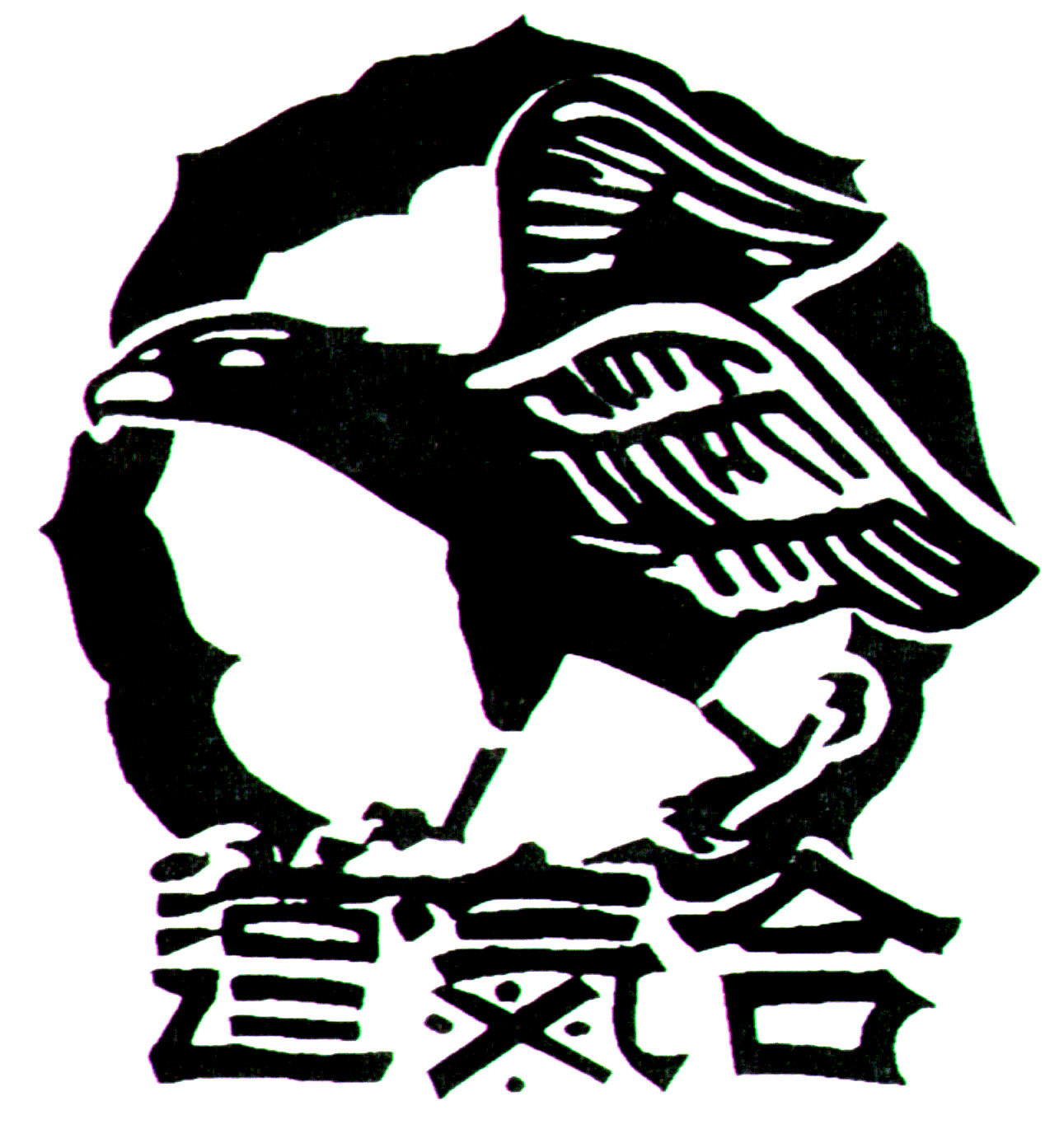top of page


Tae Kwon Do
About 1300 years ago, the Korean peninsula was divided into three kingdoms: Silla, Baek Je, and Koguryo. Silla was the smallest and constantly under attack by its two northern and western neighbors. The king of Silla called upon the strong and patriotic youths throughout the country and they formed a strong organization called the Hwa-Rang Do. To harden their bodies they climbed rugged mountains, swam turbulent rivers in the coldest months, and worked very hard to prepare themselves to defend their homeland. The Hwa-Rang Do guided themselves by a five-point code of conduct:
1. Be loyal to your king
2. Be obedient to your parents
3. Be honorable to your friends
4. Never retreat in battle
5. Make a just kill
The Hwa-Rang Do had a strong desire for patriotism and became an elite fighting warrior corp as they gained respect from their enemies. The Hwa-Rang Do unified the three kingdoms of Korea and the martial arts flourished.
The Japanese invaded and occupied Korea in 1909. During the Japanese occupation (1909 - 1945), it was forbidden to practice any martial arts. In 1945, Korea was liberated and Choi Hong Hi, recently released from a Japanese prison camp, began to teach martial arts to his students.
In 1955, this art was given the name Tae Kwon Do by a board of instructors, historians, and prominent leaders, including General Choi Hong Hi. Tae means foot, Kwon means hand and Do means art. It is now practiced in over 60 countries with millions of students.

Tae Kwon Do Students at the Beverly Pagoda Martial Arts Academy are expected to fulfill the following requirements of Tae Kwon Do Hyung:
Chon-Ji
Tan-Gun
To-San
Won-Hyo
Yul-Kok
Chung-Gun
Toi Gye
Hwa-Rang
Chung-Mu
Kwang Gae
bottom of page















